Second Hair Transplant: When Is It Necessary and How Should I Go About It?

Sommaire
You’ve already had a hair transplant, but you’re wondering whether a second operation would be beneficial? It’s a question that quite a few patients ask themselves. When is a second hair transplant necessary? This concept of a complementary transplant, although common, requires careful thought. This article aims to examine the situations that may justify a second hair transplant and the important considerations to bear in mind. Although fairly routine, a second graft requires careful planning to ensure the best possible outcome.
Situations Requiring a Second Hair Transplant
1. Evolution of Androgenetic Alopecia
One of the main reasons for considering a second hair transplant is the progression of baldness after a first operation. Androgenetic alopecia, the most common form of hair loss, evolves over time, and even after a successful transplant, hair loss may continue in other areas of the scalp. This is particularly the case when the first hair transplant was performed at a young age.
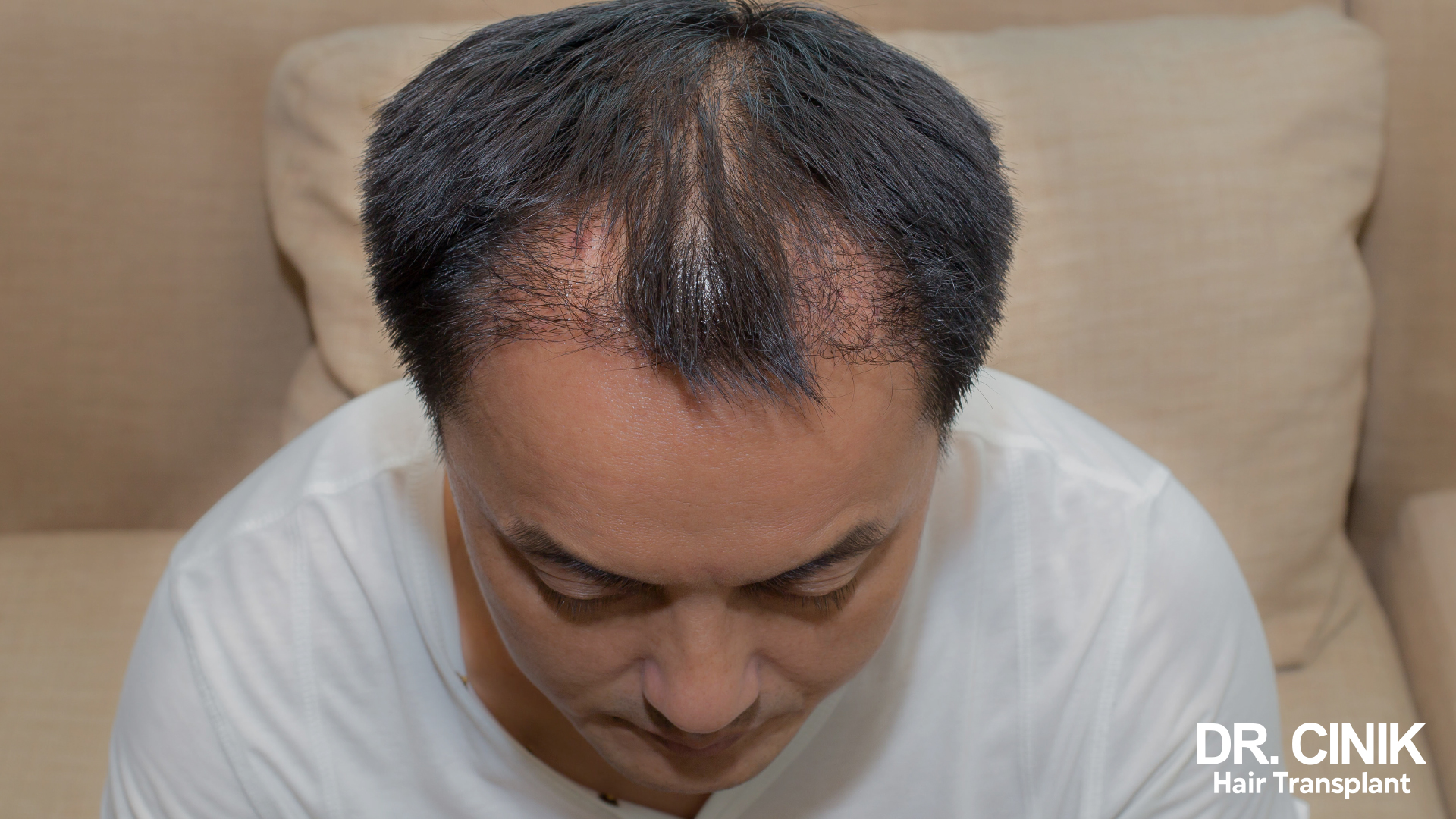
2. Completing an Inadequate First Transplant
In some cases, a single graft may not be enough to cover all the areas affected by baldness, particularly if these areas are extensive. Surgeons generally limit the number of grafts per operation to ensure optimal survival of the transplanted follicles.
A step-by-step approach, with several operations spaced out over time, helps to achieve more natural, longer-lasting results. It also allows the transplantation strategy to be adjusted as hair loss progresses.

3. Correcting a Failed Hair Transplant
Unfortunately, not all hair transplants produce the desired results. Poor quality grafts or an unsuitable technique (such as FUT) can lead to disappointing outcomes. In these cases, a second transplant by an experienced surgeon can considerably improve the appearance and density of the hair.
The choice of a qualified surgeon is essential for both the first and second transplants. An experienced surgeon like Dr Cinik will be able to assess the situation and suggest the best approach to correct existing problems.

Important Considerations for a Second Transplant
Before considering a second hair transplant, several factors should be taken into account:
- A minimum of 12 months is recommended between two transplants. This time is necessary to allow complete healing and accurate evaluation of the results of the first operation.
- You must wait until the hair loss has stabilised. Proceeding with a new transplant while baldness is actively progressing can compromise long-term results.
- The quality and quantity of hair remaining in the donor area should be assessed. The availability of follicles in the donor area determines the feasibility and possible extent of a second transplant.
- Long-term planning of hair restoration is necessary to ensure that sufficient grafts will be available for possible future interventions.
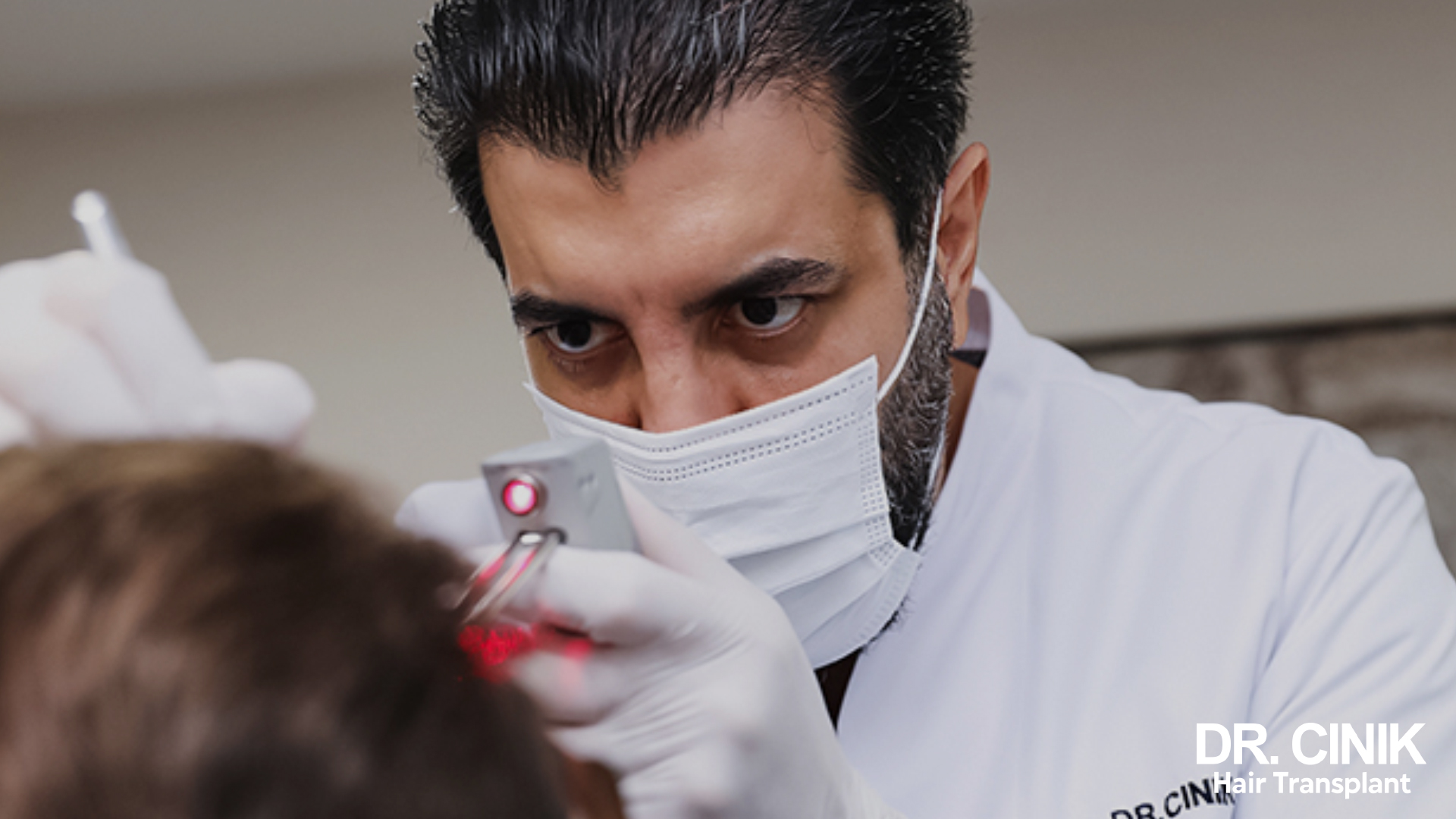
Techniques Suitable for a Second Graft
Modern techniques such as FUE Sapphire and DHI (Direct Hair Implantation) are particularly suitable for second transplants. These methods allow maximum use to be made of the remaining grafts and offer great precision in the placement of the new follicles.
Precision is particularly important for a second graft to achieve a natural, harmonious result. These advanced techniques allow surgeons to work between existing grafts, improving overall density without compromising natural appearance.
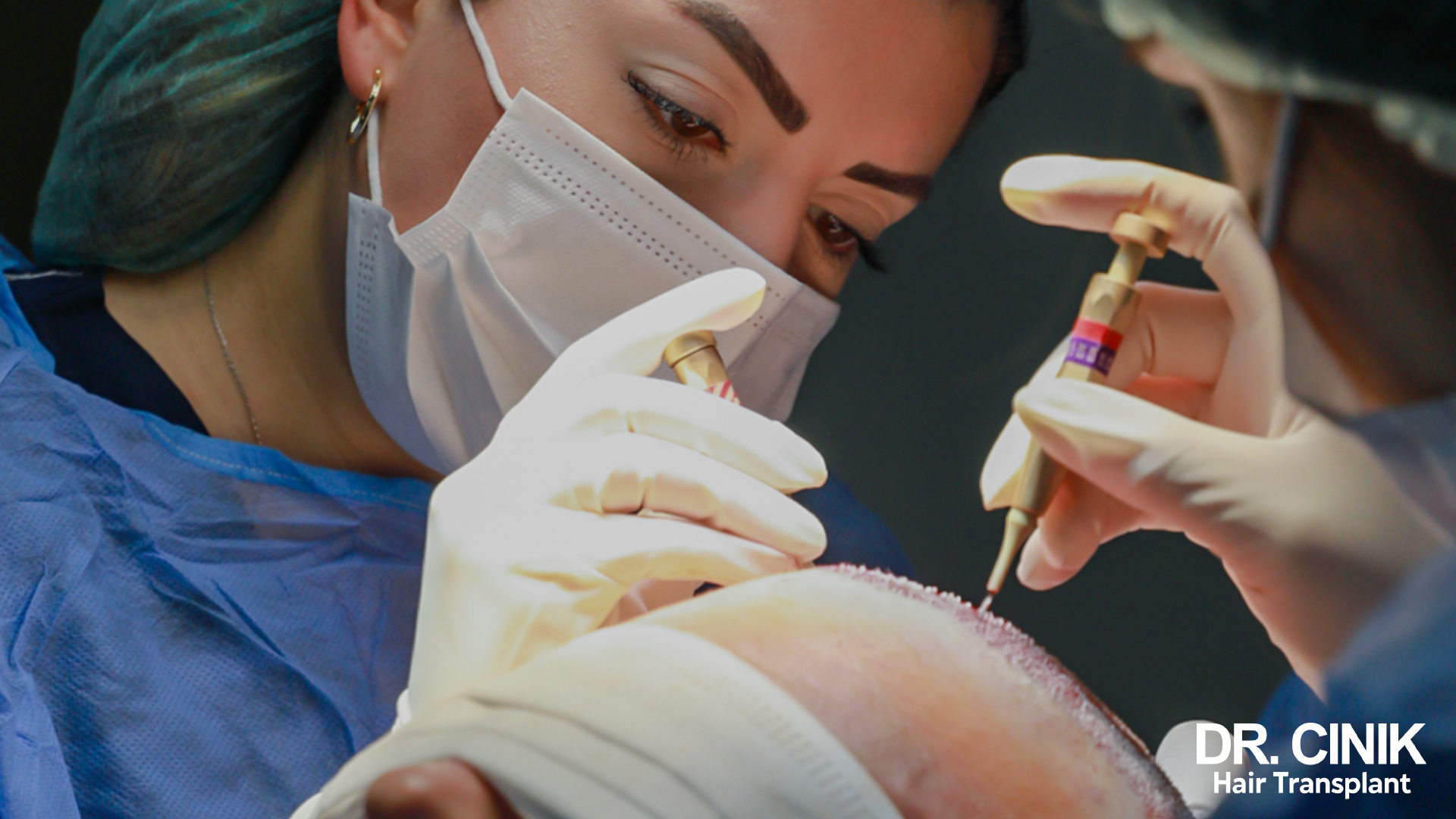
Realistic Expectations and Results
It’s important to have realistic expectations about the results of a second hair transplant. Results can vary considerably depending on the quality of the remaining donor area and the extent of hair loss.
In many cases, a second hair transplant can significantly improve hair density and overall appearance. However, the final result will depend on a number of individual factors and on how well post-operative instructions are followed.
The Importance of Choosing the Right Surgeon
The choice of an experienced surgeon plays a key role in the success of a second hair transplant. It is advisable to look for a surgeon with specific experience in secondary transplants, mastering advanced techniques and able to show concrete results from cases similar to yours.
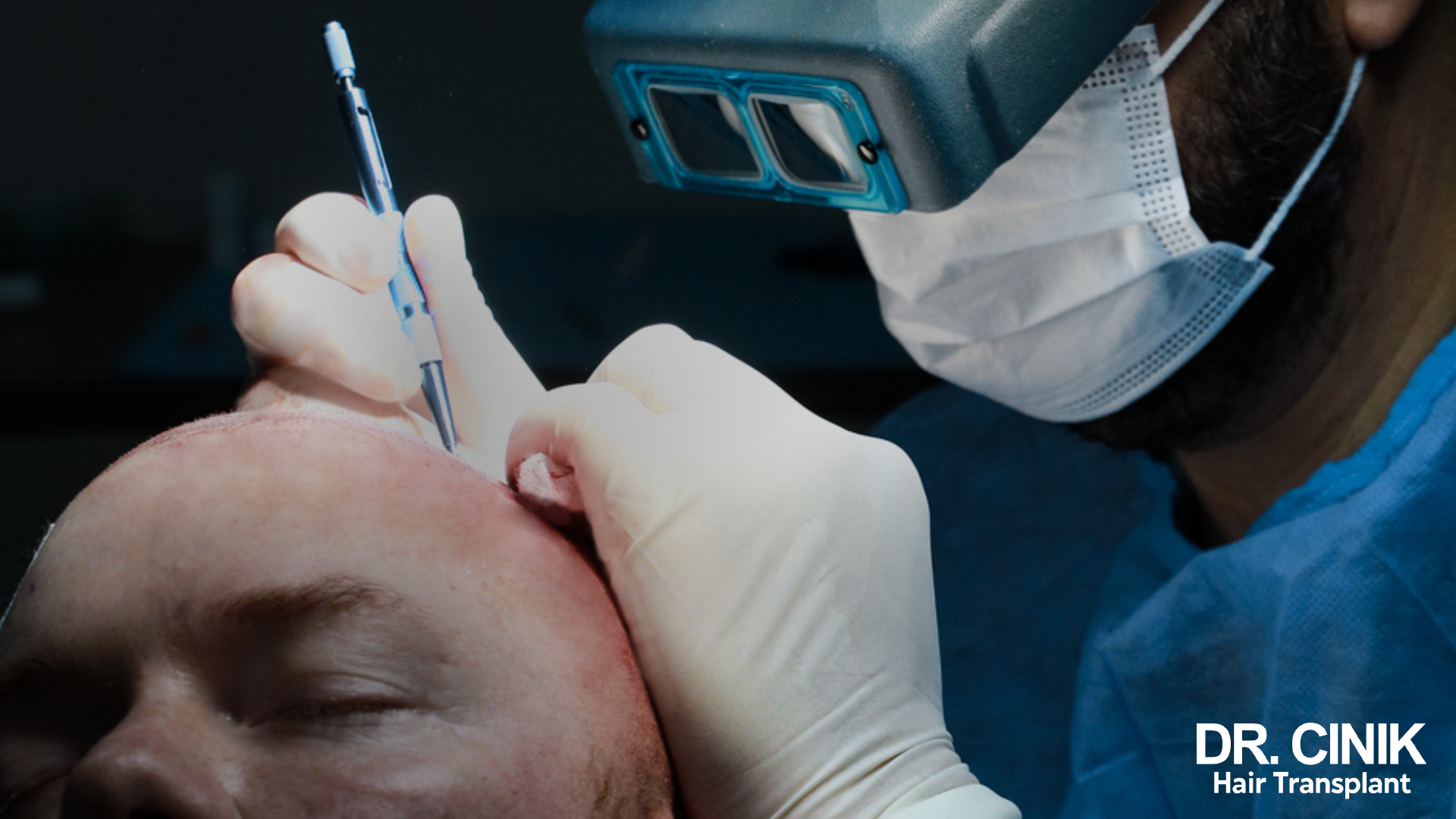
Dr Cinik’s Expertise
Dr Cinik stands out in this field for his expertise and personalised approach. Specialising in advanced grafting techniques such as FUE Sapphire and DHI, Dr Cinik has acquired a solid reputation for performing second hair transplants.
Dr Cinik pays particular attention to each case, taking into account the patient’s history, the results of the first transplant, and the progression of hair loss. His approach is characterised by:
- A thorough assessment of the donor area to determine the feasibility of a second transplant.
- The use of cutting-edge techniques to maximise the use of available grafts.
- Careful planning to ensure that the new grafts integrate naturally with the existing hair.
- Rigorous post-operative follow-up to optimise results.
Dr Cinik stresses the importance of a detailed consultation before any operation. This allows him to accurately assess the patient’s situation, discuss realistic expectations, and develop a personalised treatment plan.
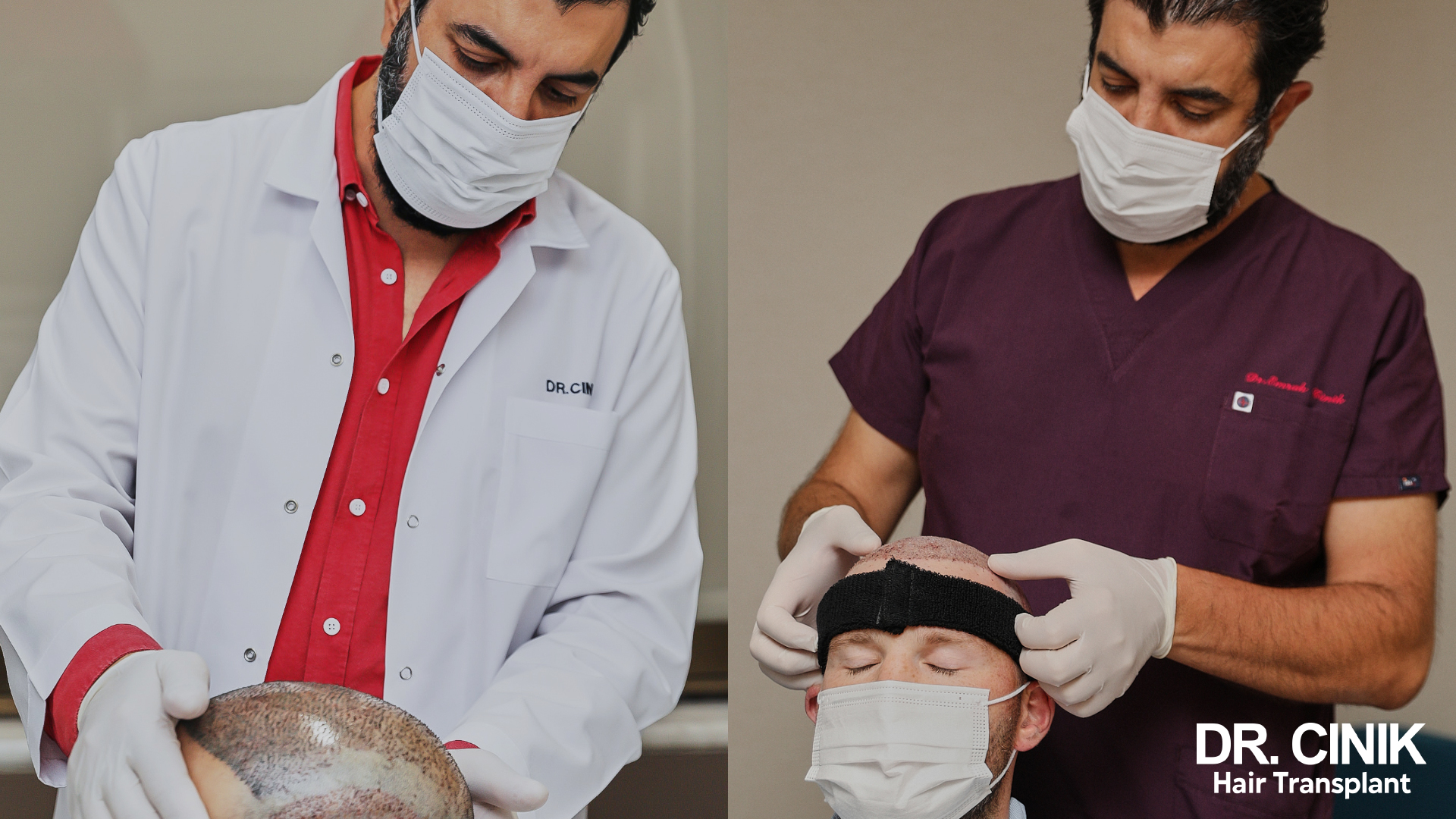
Conclusion
A second hair transplant can considerably improve the results of a first operation. However, it requires careful assessment and long-term planning. As each case is unique, a personalised approach is essential to achieve the best possible results.
If you’re considering a second hair transplant, it’s worth consulting with a specialist like Dr Cinik to explore your options. Remember, whilst the NHS doesn’t typically cover cosmetic procedures like hair transplants, many UK patients find that travelling to Turkey for treatment offers a cost-effective solution without compromising on quality.



